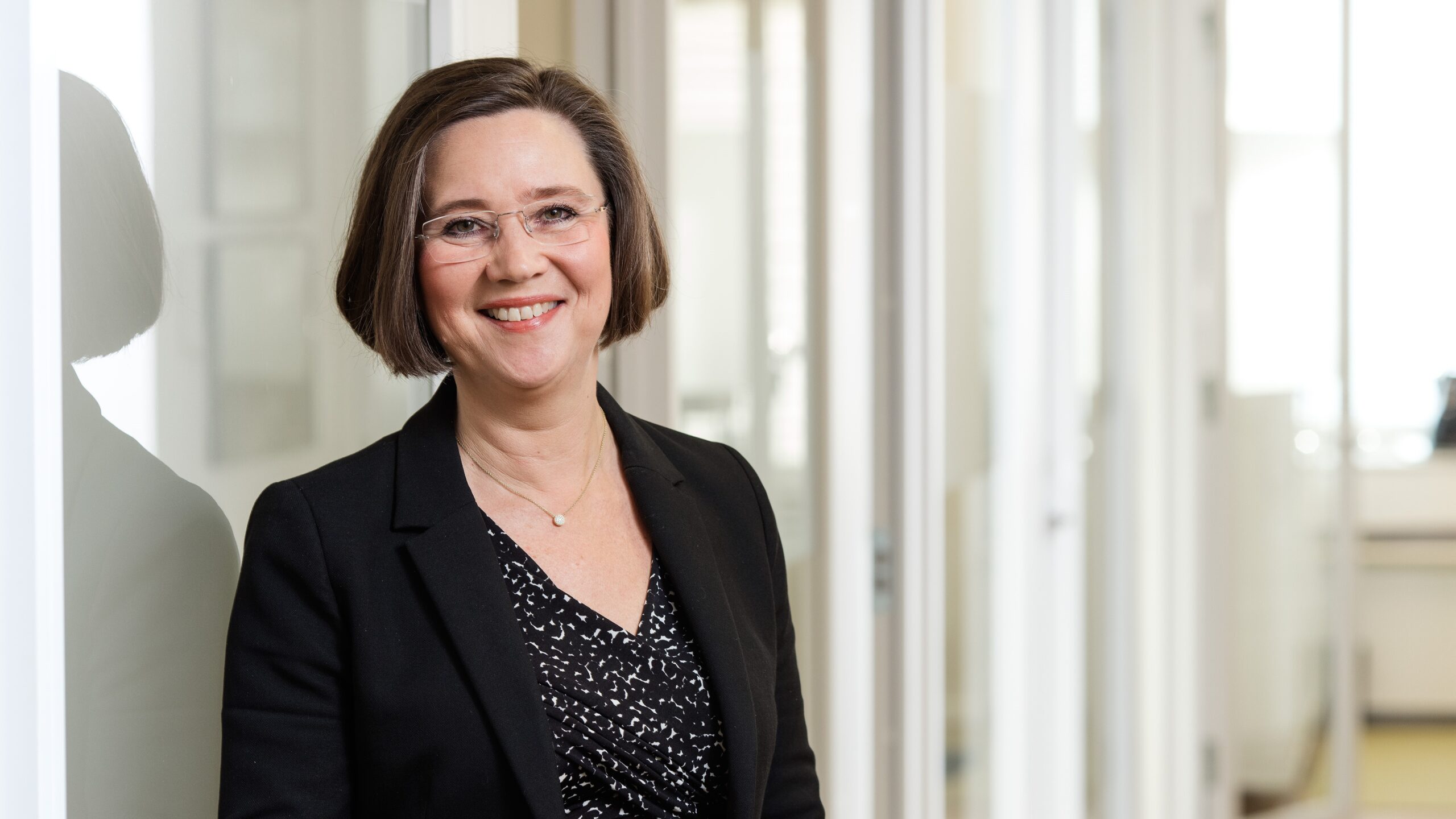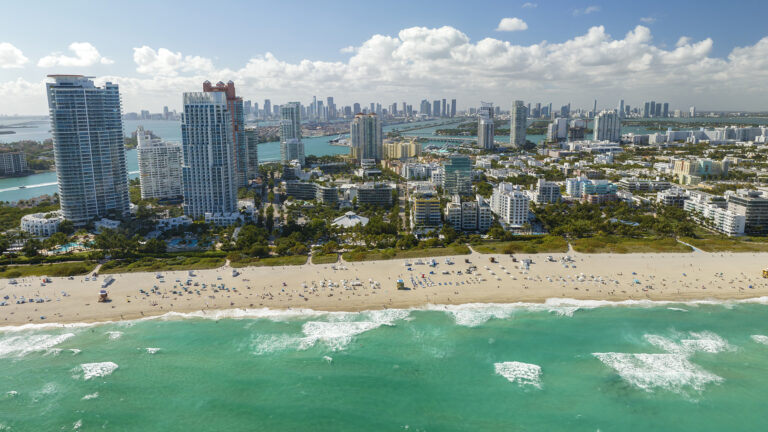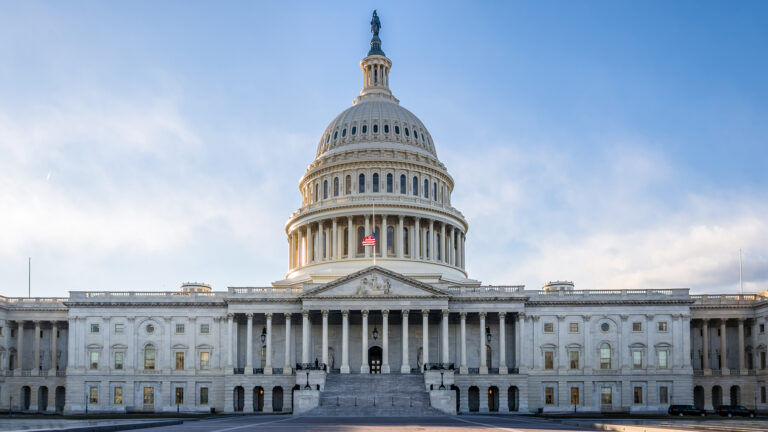By Muskan Arora
Toward the end of 2024, Cecilia Thomasson Blomquist, the chief investment officer of the $2.15B PP Pension Plan, began reducing the fund’s exposure to U.S. equities in a shift away from the traditional U.S. exceptionalist approach.
By the time Trump’s tariffs came along, she had already begun hiking the plan’s investments to Swedish and European equities. Due to the current volatile environment, the plan is also moving away from growth companies and focusing more on value-based companies — it helps that the valuations of European companies are lower than that of U.S. assets.
Traditionally U.S. stocks were coveted; however, since the start of the Russia-Ukraine conflict, Europe has seen an increase in costs, including high energy prices. And, while U.S. tariffs and the Russia-Ukraine conflict remain key concerns for investors, the foundation of the U.S.’ governing institutions, including its legal and policy system, remains a larger uncertainty for investors. These elements have also added to the slow shift away from high-priced U.S. mega-cap stocks, she said.
After nearly three years of the conflict, the CIO expects growth to return to Europe amid hopes that a peace agreement can be reached. In the meantime, she said the conflict has led to an increase in defense spending by European allocators and that the traditional construction industry will also see increased investments, including in building bridges and roads.
“Considering the NATO membership and threat from Russia, all European governments will want to take a more logical path to make it possible for institutional capital to go into defense as well,” said the CIO.
During the 15 years she’s been with the plan, Blomquist has doubled its AUM from $860M, alongside introducing private equity and forest investments to the portfolio. For the portfolio’s forestry allocation, the plan tries not to invest in regions with extreme climates and, generally, prefers higher altitudes because it offers better protection from pests such as Bark beetles and can help to avoid any climate risks. She also noted that the plan tries to avoid making forest investments in the U.S. and Australia due to climate risks including extreme temperatures such as forest fires.
As well, the pension plan has a concentrated real estate portfolio in Stockholm with most investments in residential and commercial sectors. When compared to equities, the CIO believes that real estate will lag in returns, since the last two decades have seen prices increase substantially — so much so that she believes long-term returns will be higher for equities than real estate.
“It’s difficult to earn more than equities in real estate as either the pricing of real estate is higher because of yields being lower, or you can push the rent to be higher — but there are no other ways of making returns within the sleeve.”
To maintain a predictable and safer portfolio, the plan has exposure to cash-rich companies within private equity and stays clear of venture capital due to its risk profile. The plan’s private equity portfolio holds a very small bucket within the portfolio; Thomasson Blomquist is always on the lookout for managers who are well-known and big market players.
“The private equity firms we are looking for invest in companies that . . . have the quality to be [listed] on the stock exchange,” she said.
At the same time, Thomasson Blomquist points out that smaller private companies can lack transparency, which is why she opts for larger players that have the resources to invest in teams to really build up investment reporting capabilities.
As of December 2024, the pension plan’s one-, three-, and five-year returns were 7.3%, 1.5%, and 4.2%













